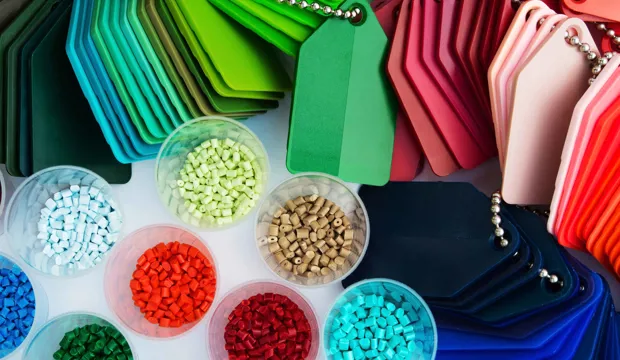
Engineering design processes
Understanding the concept of modular design and the casting process
This activity introduces students to engineering design processes.
The lesson gives learners an in-depth understanding of some commonly used engineering materials and how they are currently developed for use in industry. The activity is inspired by the casting process used to make the D3O smart material into a ‘usable’ form. This links to industrial practices such as quality control, standardisation, and casting manufacture. It is designed to challenge the students by requiring them to apply the knowledge and understanding of engineering materials through a ‘batch’ production experience.
This is one of a set of resources developed to aid the teaching of the secondary national curriculum, particularly KS3, supporting the teaching in design and technology (DT).
Activity: Understanding the concept of modular design and the casting process
The lesson includes two short tasks to support students’ understanding of the application of the casting process and the concept of modular (repeat) design.
Firstly, students will view the Cast Products presentation for an introduction to casting as a manufacturing method. By looking at each of the products that have been casted students will explore the advantages of casting (e.g., creating complex shapes, standardisation, batch production, fine detail quality, etc). Next, students will view the Modular Products presentation to identify the common characteristics of these products.
Download our activity overview for a detailed lesson plan on engineering design processes.
The engineering context
Engineers not only need to consider the properties of smart materials, they also need to think about the best way to use these materials within manufacturing so that they can be mass produced in an economical way.
The casting process offers a way to use smart materials like D30 to mass-produce all sorts of goods cost-effectively. The material is particularly advantageous because of its shock absorption properties and can be used for the creation of snowboards and other sporting goods, along with safety gear such as helmets and limb protectors. It can even be used with phones and other devices that benefit from being built with impact protection in mind.
Suggested learning outcomes
By the end of the lesson students will know how to describe the characteristics of a cast product. They’ll also be able to explain why a designer may use a repeating module.
Download our activity sheet and other teaching resources
The activity sheet includes teachers’ notes, useful web links, and links (where appropriate) to the national curriculum in each of the four devolved nations; England, Northern Ireland, Scotland and Wales.
All activity sheets and supporting resources are free to download (including video clips), and all the documents are fully editable, so you can tailor them to your students’ and your schools’ needs.
Download our classroom lesson plan and presentation below.
Please do share your highlights with us @IETeducation.




